A common challenge many patients face after ACL surgery is limited knee extension. It’s crucial to adhere to the guidelines …
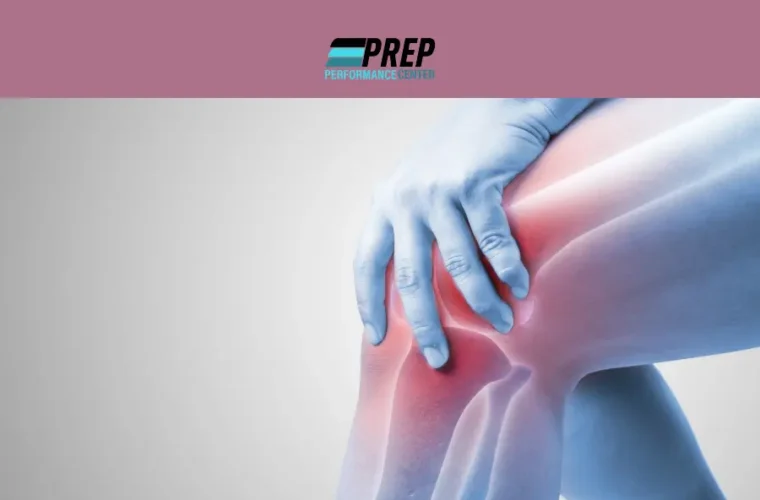

A common challenge many patients face after ACL surgery is limited knee extension. It’s crucial to adhere to the guidelines …
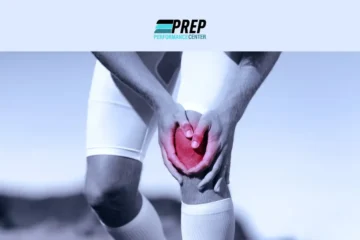
In the first few days following your ACL or knee surgery, you might be wondering what is considered normal and …
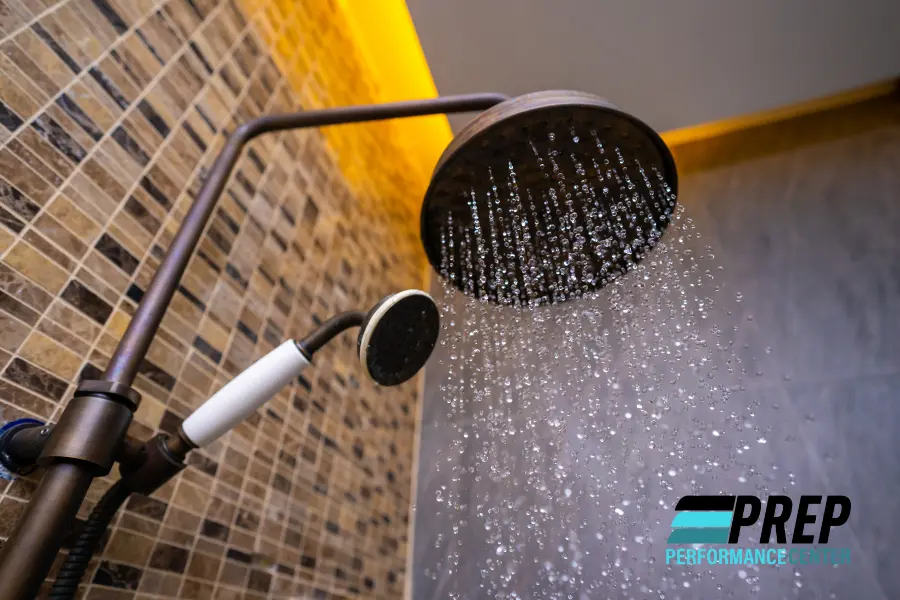
Generally speaking, when your surgeon says it is now safe to take a shower after ACL surgery, always take some …
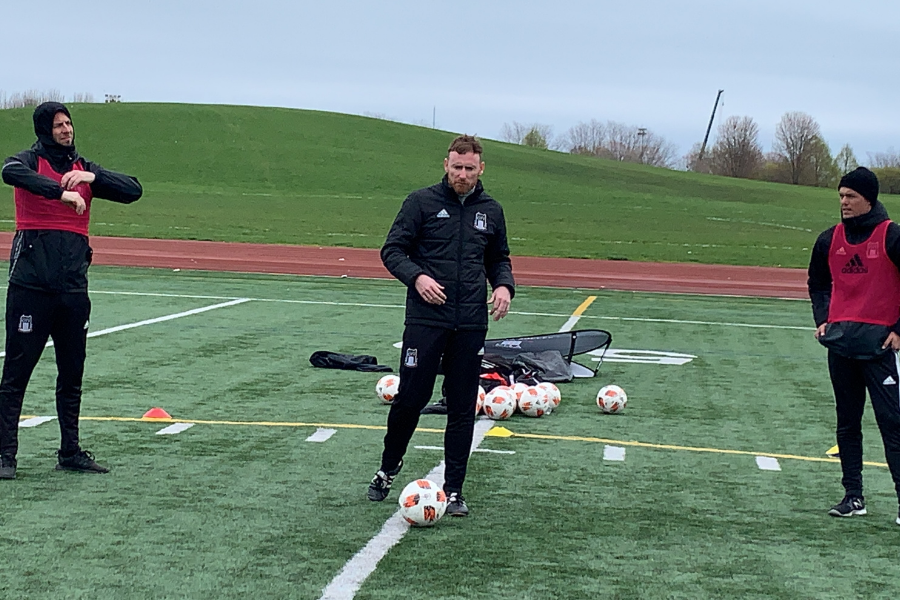
Planning to return to soccer? Returning to sport occurs in multiple and progressive phases that start 3-5 months following surgery. …
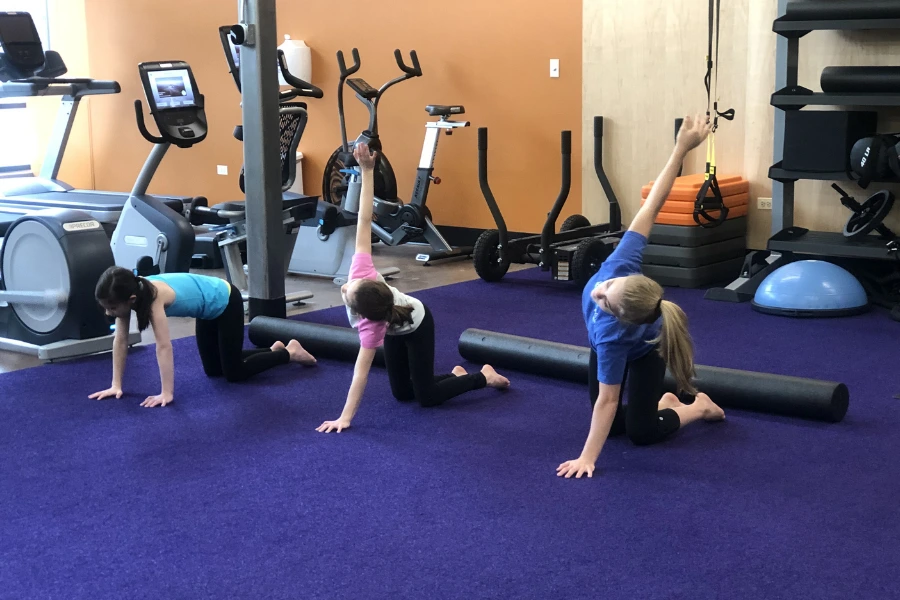
Include targeted exercises that address muscle strengthening, muscle recruitment patterns, landing and deceleration patterns, proprioception, and plyometrics.

After diagnostic tests and physical examinations are complete, our Chicago physical therapists will design a specialized treatment plan based on your specific needs.